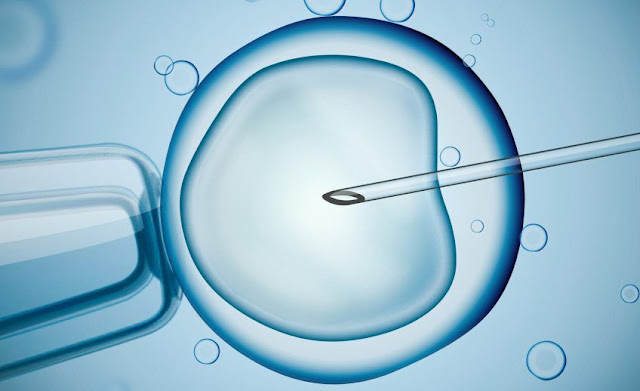A food allergy occurs when the immune system responds defensively to a specific food protein that is not harmful to the body. When that food is first eaten, the immune system responds by creating specific antibodies. When the food is eaten again, these antibodies go into action, releasing large amounts of histamines, which work to expel the food protein from the body. Histamines can affect the respiratory system, gastrointestinal tract, skin, and cardiovascular system.
Food allergy affects an estimated 6 to 8 percent of children under age 3 and up to 3 percent of adults. While there's no cure, some children outgrow their food allergy as they get older.
What are the symptoms of a food allergy?
Symptoms of a food allergy can appear almost immediately or up to two hours after the food has been eaten. Symptoms include a tingling sensation of the mouth, swelling of the tongue and throat, hives, vomiting, abdominal cramps, difficulty breathing, diarrhoea, a drop in blood pressure, and loss of consciousness. Severe allergy reactions called anaphylaxis can result in death.
Which foods are responsible for allergic reactions?
There are six foods that cause most of food allergies in children. They are milk, eggs, peanuts, wheat, soy, and tree nuts. In adults, most of food allergies are caused by peanuts, tree nuts and fish.
How are food allergies diagnosed?
Your doctor can perform a skin test to determine which substances cause a reaction. The skin test involves applying a small amount of an allergen and then making a tiny scratch with a needle in your arm or back. The scratches that become red and itchy indicate which substances trigger a defensive response by your immune system.
Your doctor might also do a radioallergosorbent blood test (RAST) to check the number of antibodies produced by the immune system. Elevated levels of certain antibodies can identify particular food allergies.
How are food allergies treated?
The best way to cope with a food allergy is to strictly avoid the foods that cause a reaction. Mild reactions often will subside without treatment. For rashes, skin creams might ease discomfort, while antihistamines will help reduce itching, congestion, and other symptoms. For more serious reactions, corticosteroids such as prednisone will help to reduce swelling. In life-threatening situations, an epinephrine injection immediately begins reversing symptoms and is the only effective treatment option.
Living with food allergies
Once you and your doctor have determined which foods you should avoid, it is important that you maintain a healthy, nutritious diet. Ask your doctor to recommend foods that will provide you with the necessary nutrition. You should also be aware of the ingredients in processed foods.
If you are prone to allergic reactions, you should always be prepared. Carry an epinephrine injection kit with you at all times.
Food allergy affects an estimated 6 to 8 percent of children under age 3 and up to 3 percent of adults. While there's no cure, some children outgrow their food allergy as they get older.
What are the symptoms of a food allergy?
Symptoms of a food allergy can appear almost immediately or up to two hours after the food has been eaten. Symptoms include a tingling sensation of the mouth, swelling of the tongue and throat, hives, vomiting, abdominal cramps, difficulty breathing, diarrhoea, a drop in blood pressure, and loss of consciousness. Severe allergy reactions called anaphylaxis can result in death.
Which foods are responsible for allergic reactions?
There are six foods that cause most of food allergies in children. They are milk, eggs, peanuts, wheat, soy, and tree nuts. In adults, most of food allergies are caused by peanuts, tree nuts and fish.
How are food allergies diagnosed?
Your doctor can perform a skin test to determine which substances cause a reaction. The skin test involves applying a small amount of an allergen and then making a tiny scratch with a needle in your arm or back. The scratches that become red and itchy indicate which substances trigger a defensive response by your immune system.
Your doctor might also do a radioallergosorbent blood test (RAST) to check the number of antibodies produced by the immune system. Elevated levels of certain antibodies can identify particular food allergies.
How are food allergies treated?
The best way to cope with a food allergy is to strictly avoid the foods that cause a reaction. Mild reactions often will subside without treatment. For rashes, skin creams might ease discomfort, while antihistamines will help reduce itching, congestion, and other symptoms. For more serious reactions, corticosteroids such as prednisone will help to reduce swelling. In life-threatening situations, an epinephrine injection immediately begins reversing symptoms and is the only effective treatment option.
Living with food allergies
Once you and your doctor have determined which foods you should avoid, it is important that you maintain a healthy, nutritious diet. Ask your doctor to recommend foods that will provide you with the necessary nutrition. You should also be aware of the ingredients in processed foods.
If you are prone to allergic reactions, you should always be prepared. Carry an epinephrine injection kit with you at all times.





